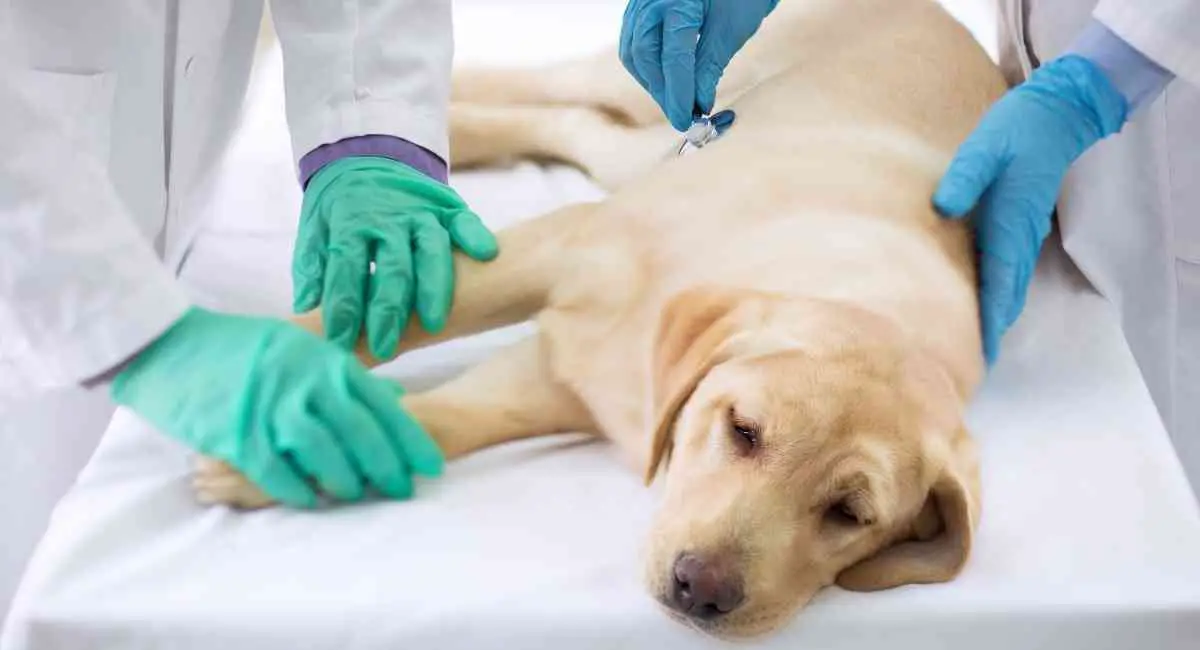

Establishing the levels of carbon monoxide in the blood is the most useful test for basing the initial treatment plan.Ĭarboxyhemoglobin levels rise in acute cases and drop within a few hours once exposure to the source of the carbon monoxide has been removed. Your veterinarian will also collect samples for determination of carboxyhemoglobin levels in the blood. A complete blood count, biochemistry profile, urinalysis and other applicable body fluid tests will be performed. While your dog is receiving oxygen your veterinarian will collect samples of blood for diagnostic testing. Your veterinarian will start immediate oxygen therapy to remove the carbon monoxide from the blood and bring your dog's oxygen levels back to normal. Carbon monoxide toxicity is a life-threatening condition requiring immediate veterinary intervention. The foremost step in carbon monoxide toxicity is to get your dog away from the source of the carbon monoxide. Poorly ventilated areas with any source of carbon monoxide (e.g., fireplace, oven, barbecue grill).Accidental enclosure of dog in garage with automobile engine turned on.Abnormally high levels of acids in blood ( acidosis)Įxposure to any source of carbon monoxide, like:.Symptoms with chronic exposure to carbon monoxide include: Abortion in pregnant animals especially those in late gestation period.
#Carbon monoxide poisoning symptoms in dogs skin#
Cherry red skin and mucous membranes (e.g., nostrils, lips, ears, genitals), but this side-effect is usually not visible in most animals.

Symptoms and Typesĭepending upon the concentration and duration of exposure of carbon monoxide, the symptoms may be acute or chronic in nature. Prolonged exposure to carbon monoxide will lead to hypoxemia and eventually death.

Animals are also exposed to toxic levels of carbon monoxide when they are trapped in a building that is on fire. A dog left in an enclosed garage with a running automobile can be exposed to toxic levels of carbon monoxide in about ten minutes. Most cases of carbon monoxide toxicity in dogs occur as a result of human error, such as when a dog has been left in an enclosed area where carbon monoxide is being released. When inhaled, this gas is readily absorbed into the blood, combining with hemoglobin to form carboxyhemoglobin, reducing oxygen delivery to the body, and thereby leading to decreased utilization of oxygen in the brain and heart. Common sources of carbon monoxide are unventilated kerosene or propane heaters, gasoline engines, automobile exhaust, or fumes from carbon-based fuel heating systems. It is potentially toxic for dogs as well as humans. Carbon monoxide is an odorless, colorless, non-irritating gas produced by the incomplete combustion of carbon fuels.


 0 kommentar(er)
0 kommentar(er)
